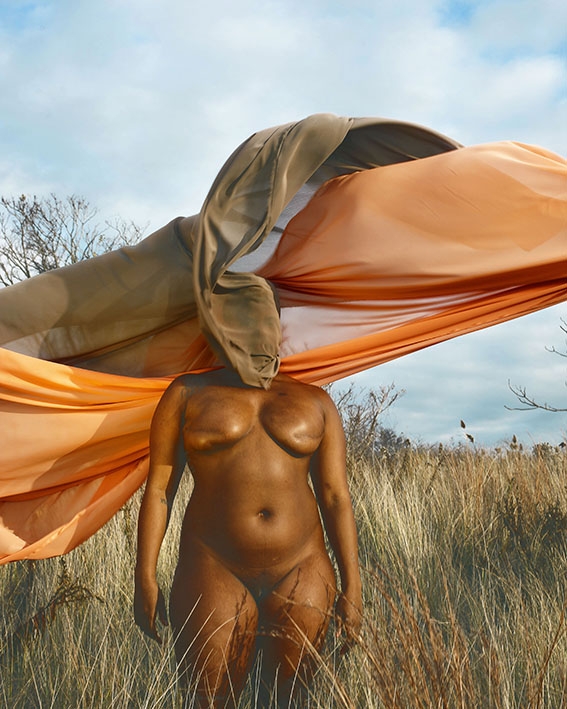Art director Benjamin Wolbergs designs many books for international art book publishers. One such commission brought him into contact with images from the 1950s and 1960s that were aimed at a queer audience. They inspired him to publish "New Queer Photography"; Christine Moosmann talked to him about it.
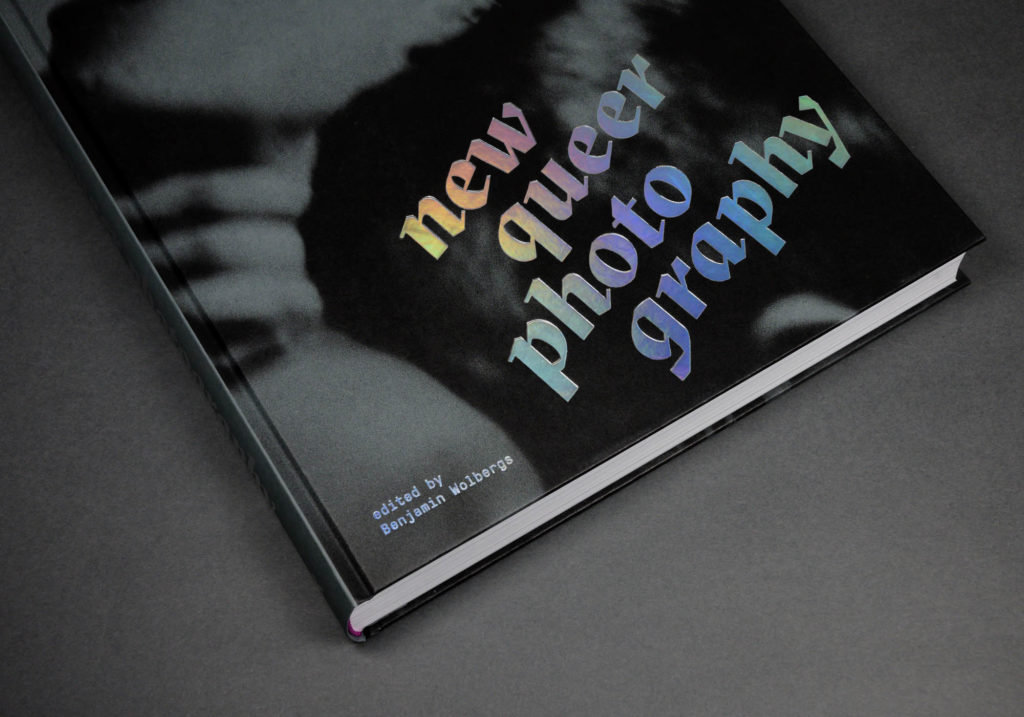
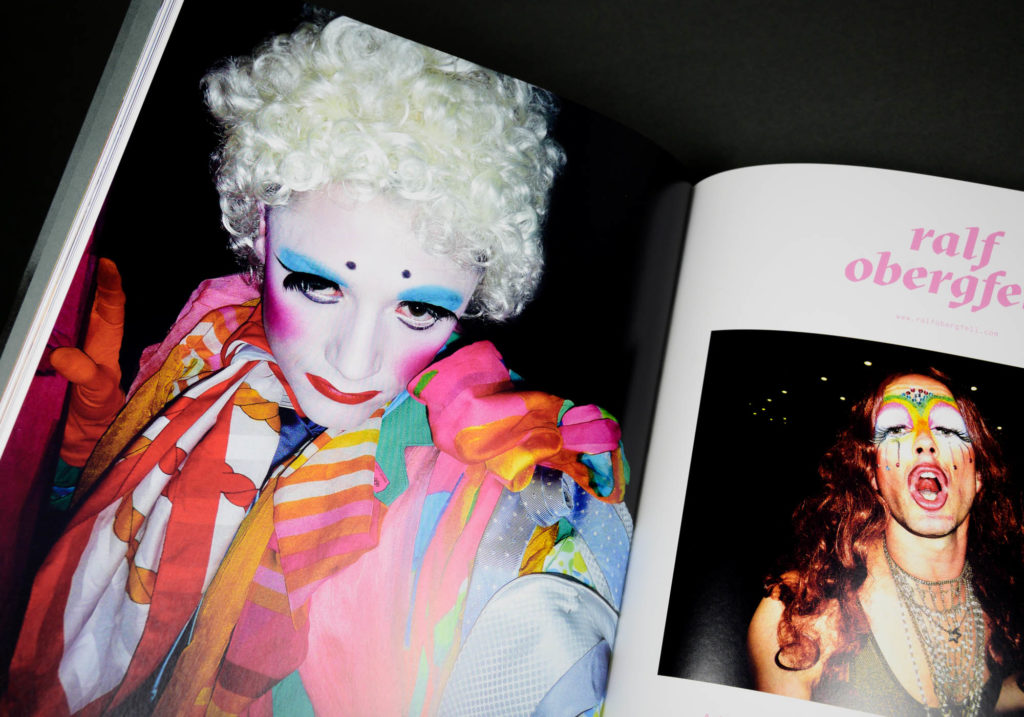
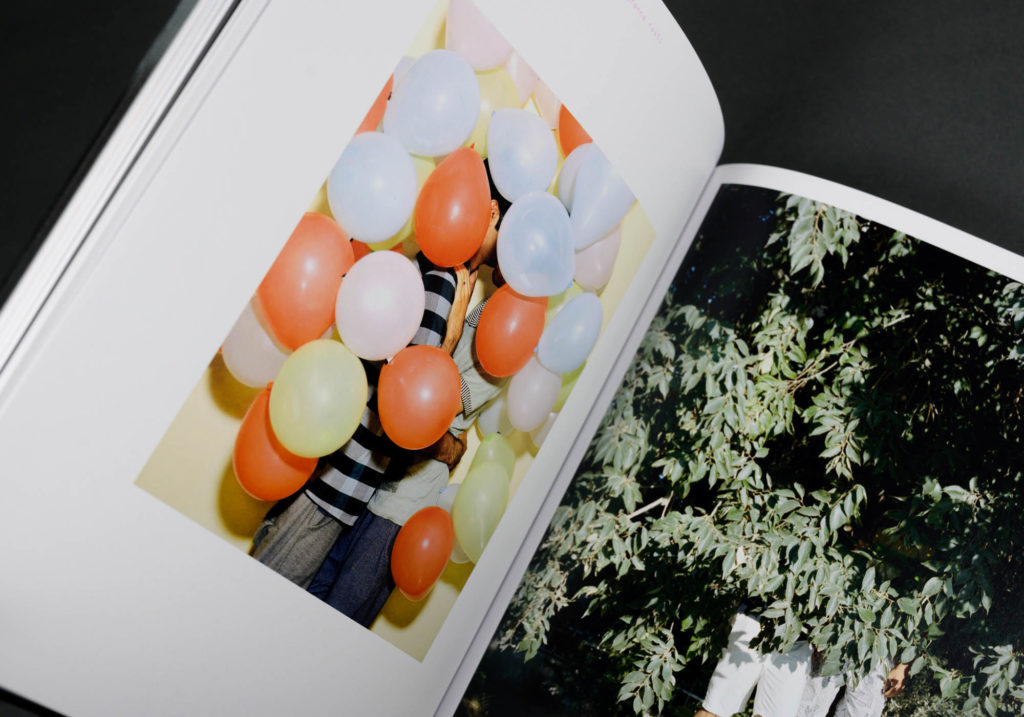
In normal life you design books for publishers, but you already published your own book in 2007, when it was important to you to provide a platform for the topic of street art. Why did you now feel that a book on queer photography was needed?
I came up with the idea for the book while I was working on the design of a publication for Taschen Verlag. It was about so-called "physique photography" from the 50s and 60s, whose aesthetics and imagery were clearly aimed at a gay audience at the time. I then asked myself what such a book would look like with contemporary gay or queer photography. When I started researching, a universe of incredibly talented artists opened up to me: the themes and imagery and especially the artistic quality of the works were literally crying out to be published and made known to a wide audience, especially outside the queer (art) scene.
The book also addresses topics that are very close to my heart: for example, there is a particular focus on making alternative ideals of beauty visible and celebrating an individual sense of beauty.
What exactly do you mean by queer?
I think that if you ask ten different people for a definition of queer, you will get ten different answers. So I can only describe my own view of queer: personally, and especially in the context of my book, I use queer as an inclusive "umbrella term", meaning all non-heteronormative lifestyles. For me, queer can be a concept of life, but also a certain attitude or subversive action.
Your book title is "New Queer Photography", is it about new queer positions in photography or is it generally new that photographers are positioning themselves or their work as queer?
The positioning of photographers or their work as queer is not so new. That's why the "new" in my publication refers more to the contemporary character of the works, most of which were created in the last ten years.
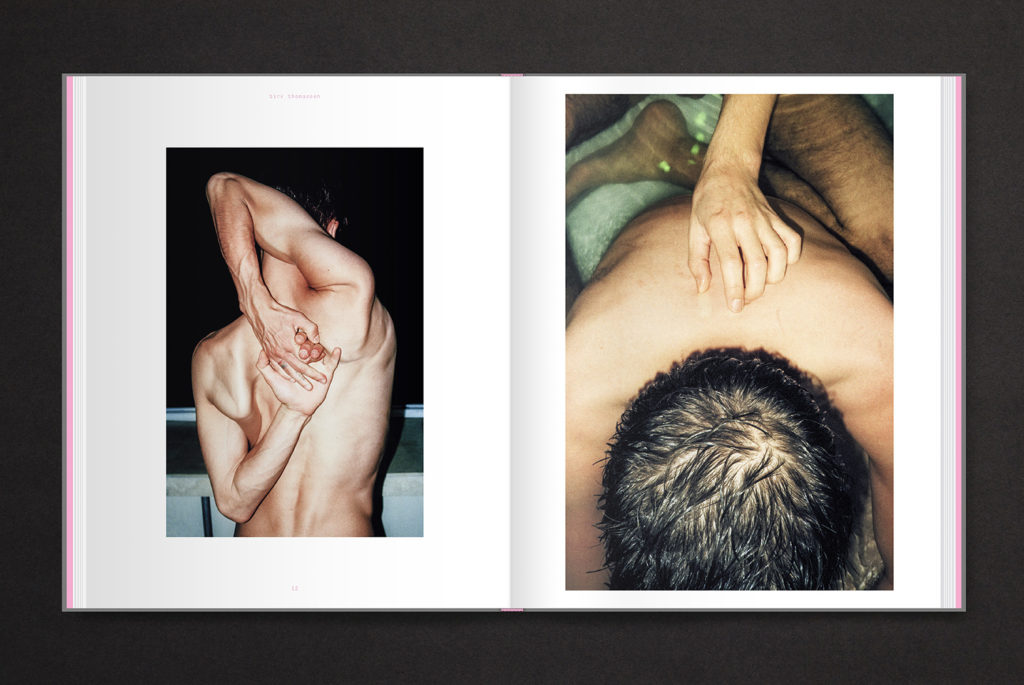

The range you present is enormous. Some pictures date back to the last century, others are completely new. There are very artistic works, as well as photo reportages, and the viewer is literally presented with the whole world, from Berlin and New York to South Africa, Peru and Vietnam. How did you select the artists?
The research work for this book took around four years and was very intensive. I wanted to get a very broad overview of the scene and was therefore able to observe the development of individual photographers. I scoured art books and magazines, but the most intensive research happened online, on countless websites, blogs and social media channels. When making the final selection, it was important to me to depict as broad a spectrum of queer themes, visual worlds and photographic positions as possible, while of course also paying close attention to the artistic quality of the work.
Here in Germany, ministers come out and mayors dance along to gay pride parades, but in many countries it is still dangerous to be queer. Can you say something about the works that depict the reality of life in these countries?
The pictures by Robin Hammond are an impressive and moving example of this. The portrait series "Where love is illegal" shows members of the LGBTQI+ community from countries where same-sex love is criminalized and can lead to discrimination, physical and psychological violence, imprisonment, torture and even the death penalty. At second glance, Hammond's images in particular reveal a certain ambiguity: the photographer's extremely sensitive work means that the role of the victim is overshadowed by the courage and strength of those portrayed. Hammond's pictures make them visible and give them the opportunity to tell their own story - despite the enormous dangers involved.
It was precisely these areas of tension that were very important to me when curating the book: the themes and photographs were intended to draw attention to social and political grievances, but I also wanted to celebrate the strength, resilience, pride and pure joy within the queer scene just as intensively.
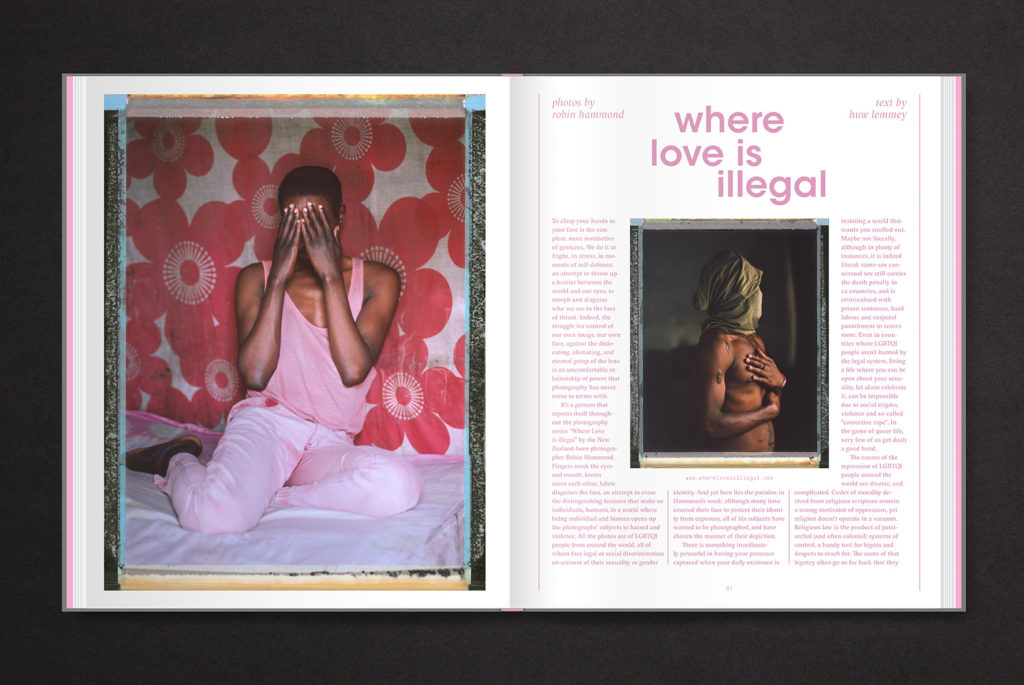
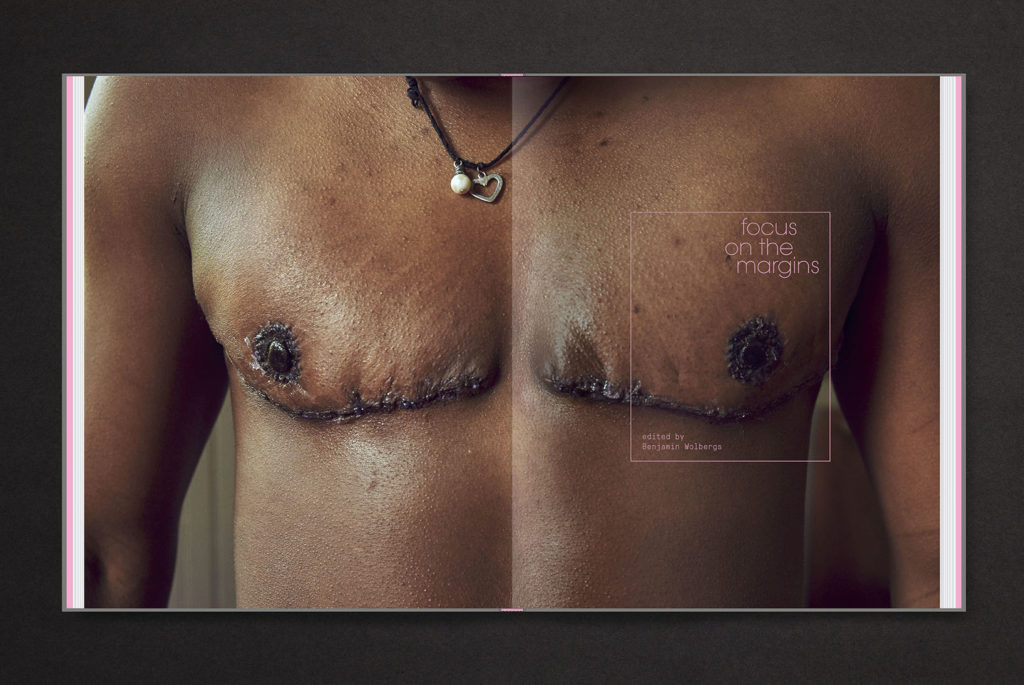
In the chapter "Queer Kids in America", Mars is quoted as classifying herself on the trans-masculine spectrum, somewhere between gender-queer and binary. When Facebook introduced over 60 gender options, it was often met with derision and incomprehension. Why is it so important for queer people to be able to categorize themselves precisely?
I'm not at all sure that most queer people are interested in the most precise gender categorization possible. The aforementioned example in particular shows the imprecise and broad spectrum in which Mars sees himself.
However, queer people should not be denied the opportunity to classify themselves precisely if they want to. What sense does it make to force yourself or society into gender categories that you don't feel you belong to?
With "New Queer Photography", you want to focus on the margins in particular, why do you think this view is so worthwhile?
This view is so important because the margins with their people and stories are simply too often overlooked or neglected, especially by the mainstream media, and are excluded from social discourse.
In my opinion, the most exciting stories happen at the margins. I am also convinced that creativity and individual development can often benefit from this position.
With regard to the artists in the book, I think that working on the margins is actually a great opportunity: isn't the perspective from the margins often a much more exciting one than from the center or mainstream? In terms of the creative process and creative power, isn't it much freer and more experimental to work from the margins than to adapt or submit to all the norms and expectations from the center of society? And isn't it precisely on the fringes of society that great narratives and important works of art are created?
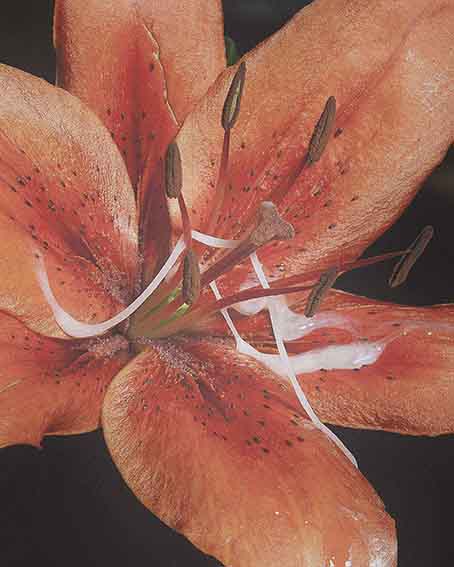
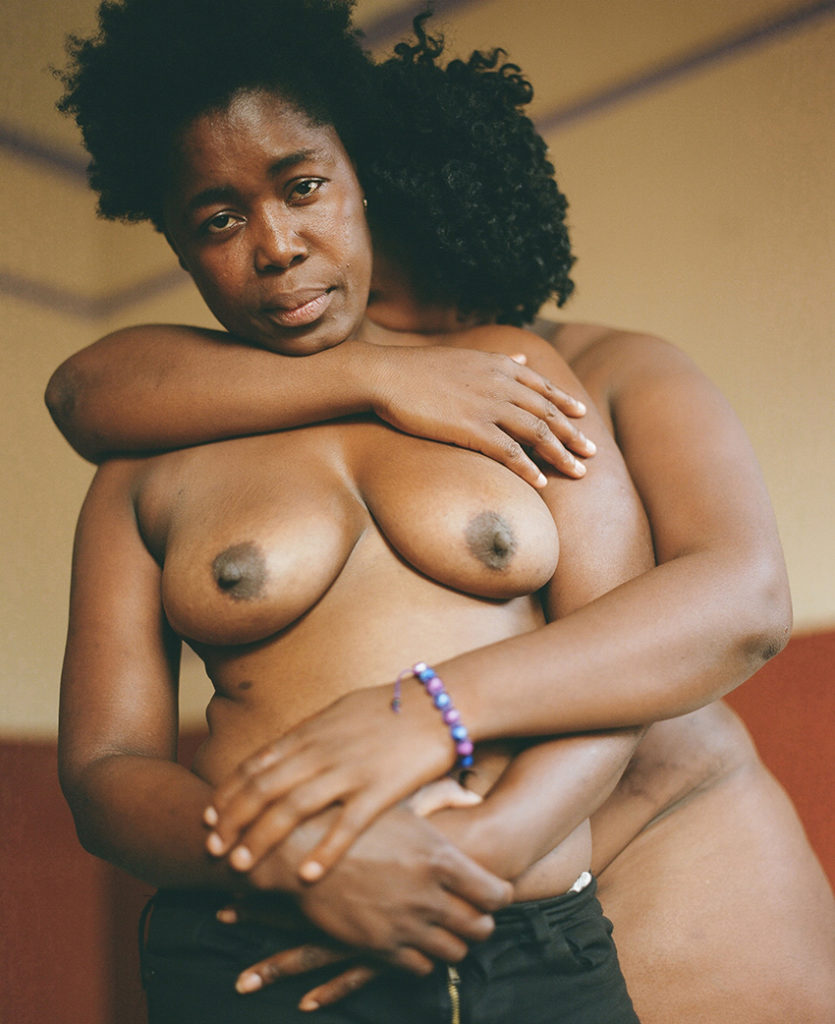
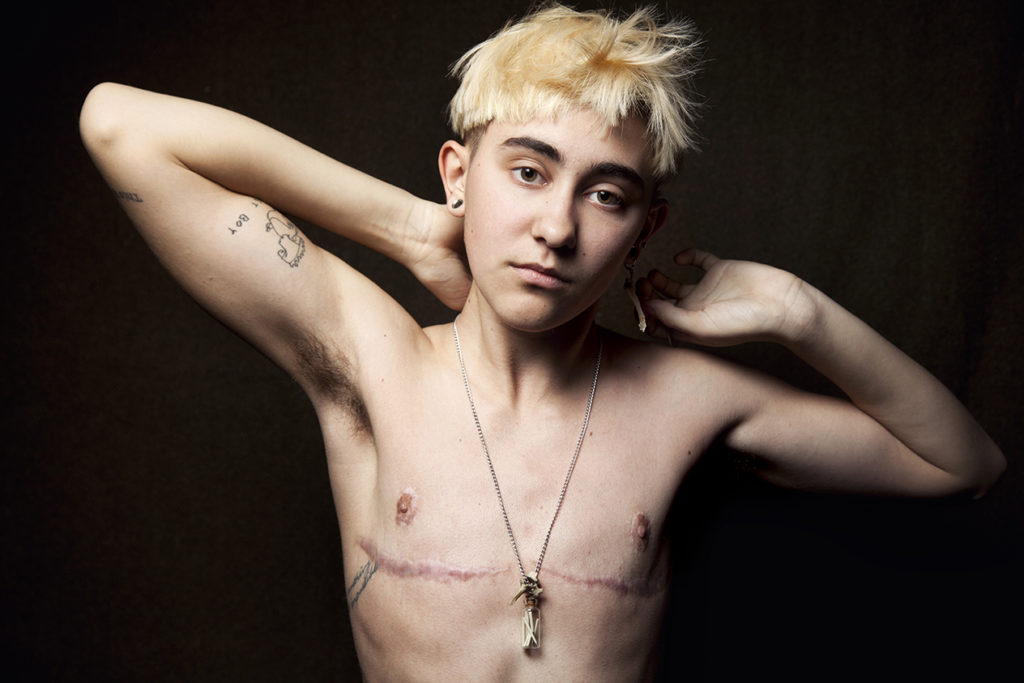
You worked on this book for four years, what touched you most about the work?
In my "normal" day-to-day work, I am an art director and mainly design books for art book publishers worldwide. I often see that as a great gift and privilege. But when you can be not only the designer but also the publisher of a project, which means that you are responsible for everything from the idea and the concept to the selection of images and authors to the execution, the layout and the search for a publisher, it is one of the most challenging but also professionally fulfilling tasks in this field.
However, working on the book was also accompanied by recurring doubts about my curatorial work and design, from despair when looking for a publisher, then trembling during the crowdfunding campaign to be able to realize the project at all, to the repeated postponement of publication due to Corona.
But when the book has turned out exactly as you imagined it in terms of content and design, the difficult phases are immediately forgotten and you immediately want to conceive, design and publish the next book.
New Queer Photography
Benjamin Wolbergs
KettlerVerlag
Text in English, 304 pages, hardcover, 58,- Euro
ISBN 978-3-86206-789-3
